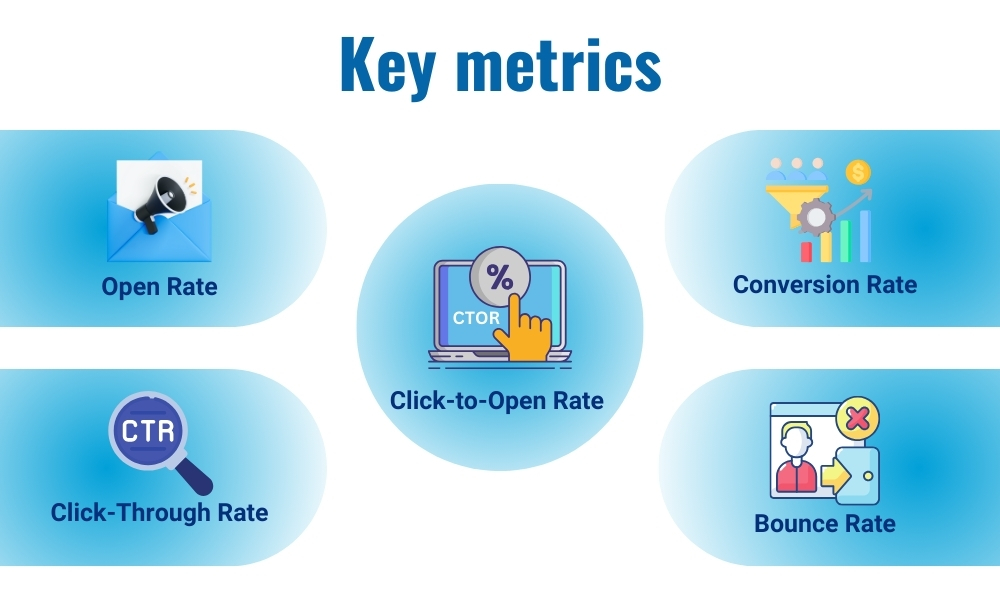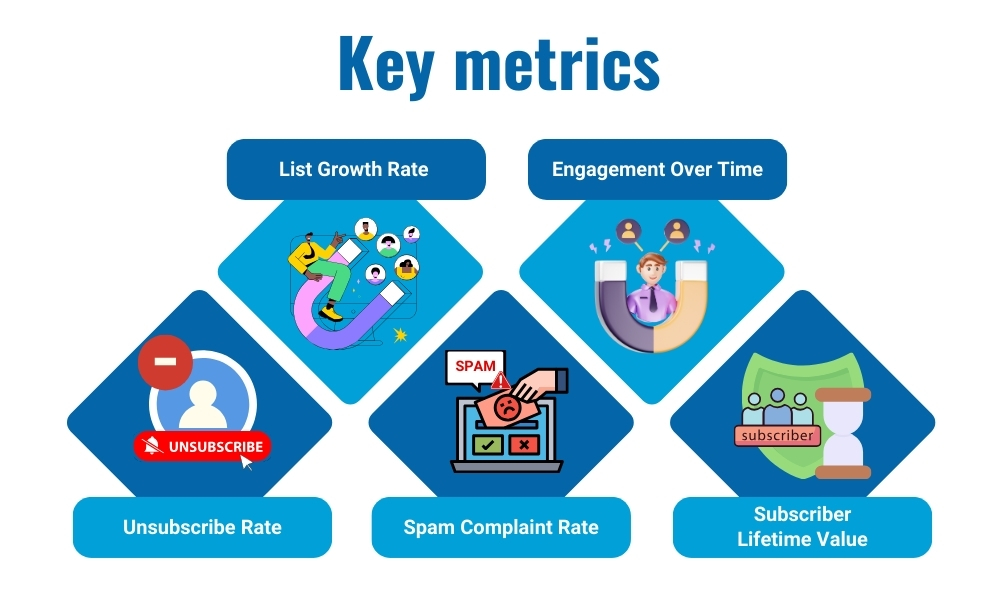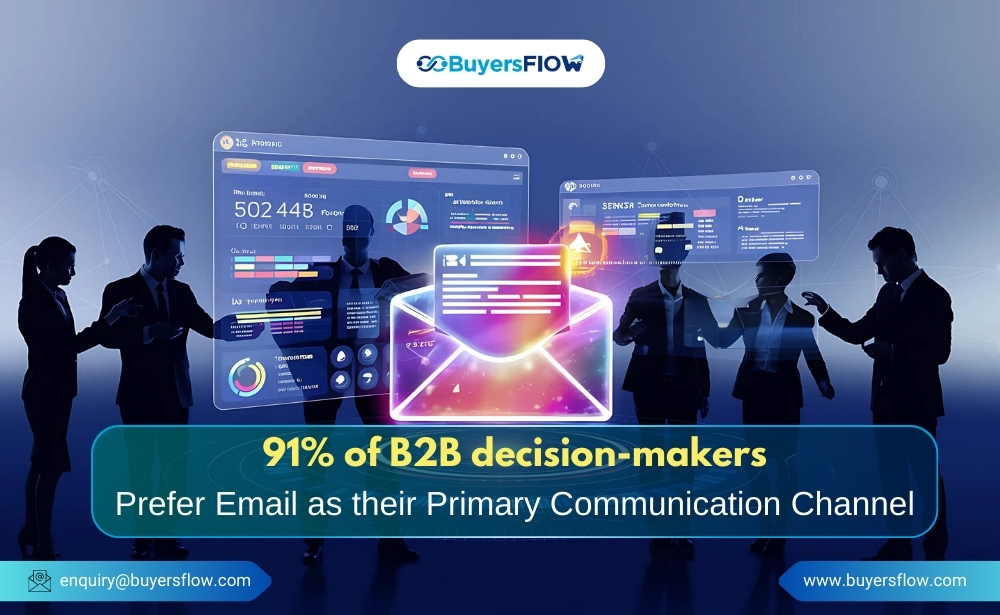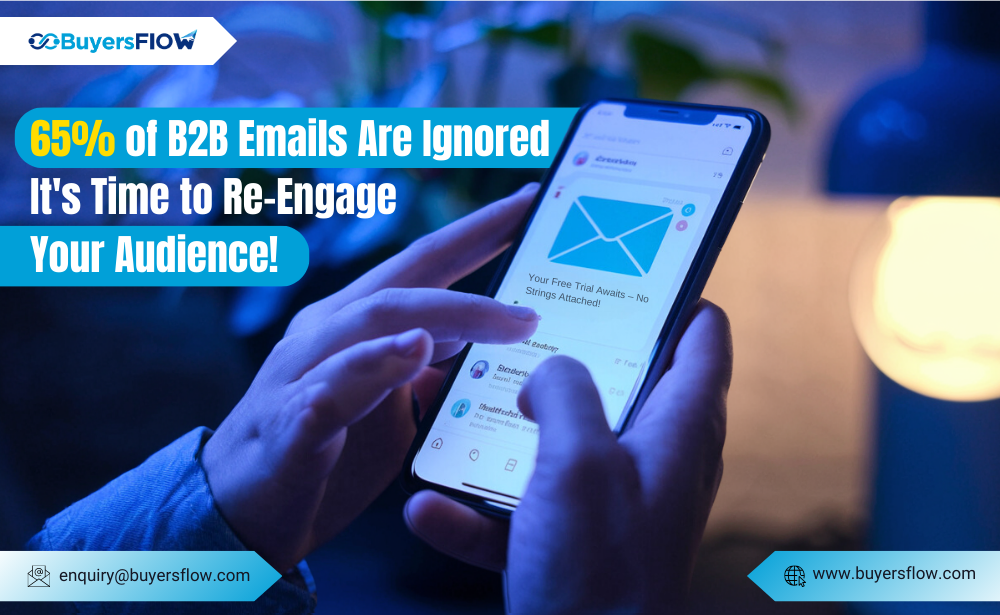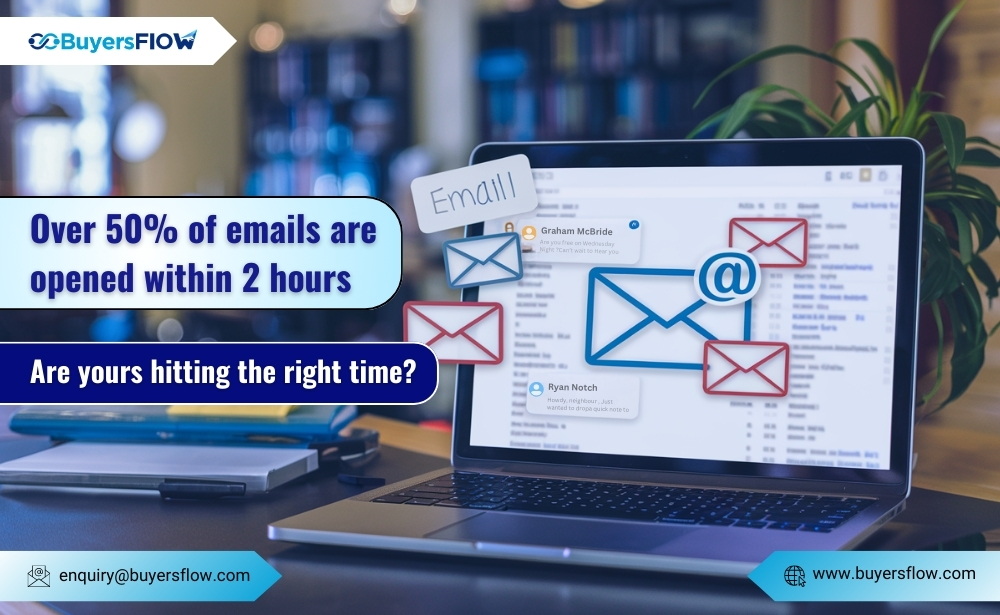Discover the top 10 email marketing metrics to enhance your campaigns. Learn how to measure and improve your email performance with these essential KPIs.
Understanding the effectiveness of your campaigns is crucial. Tracking the right metrics can provide valuable insights into what’s resonating with your audience and what needs improvement. By focusing on these key performance indicators, you can fine-tune your strategies to boost engagement, enhance conversions, and grow your subscriber list.
Let’s explore the top 10 email marketing metrics you should be monitoring this year to ensure your campaigns hit the mark.
1. Open Rate
The first email marketing metric is the open rate. It tells you the percentage of recipients who opened your email. It’s a primary indicator of your email’s subject line effectiveness and the overall interest of your subscribers.
How to improve: Craft compelling subject lines and personalize them. Also, make sure your emails are relevant to your audience’s interests.
2. Click-Through Rate (CTR)
CTR measures the percentage of recipients who clicked on one or more links in your email. It’s a good indicator of how engaging your content is.
How to improve: Use clear and compelling calls-to-action (CTAs). Ensure your email content is relevant and valuable to the readers.
3. Click-to-Open Rate (CTOR)
CTOR is the ratio of clicks to opens. It gives you a better sense of how effective your email content is once it’s opened.
How to improve: Optimize your email design and content layout. Make sure your CTAs are prominent and actionable.
4. Conversion Rate
The conversion rate tracks the percentage of recipients who completed a desired action, such as making a purchase or filling out a form, after clicking through from your email.
How to improve: Align your landing page content with your email message. Use strong, persuasive language and offer clear value to your subscribers.
5. Bounce Rate
One of the most important email marketing metrics is the bounce rate. Bounce rates indicate the percentage of emails that could not be delivered to the recipient’s inbox. High bounce rates can hurt your sender’s reputation.
How to improve: Regularly clean your email list and use double opt-in methods to ensure the validity of email addresses.
6. List Growth Rate
This email metric measures how quickly your email list is growing. A healthy growth rate indicates that your lead generation strategies are effective.
How to improve: Use lead magnets, social media promotions, and referral campaigns to attract new subscribers.
7. Unsubscribe Rate
The unsubscribe rate shows the percentage of recipients who opt out of your email list. While it’s normal to have some unsubscribers, a high rate can indicate issues with your email content or frequency.
How to improve: Ensure your content is valuable and relevant. Allow subscribers to manage their email preferences to reduce unsubscribes.
8. Spam Complaint Rate
This metric indicates the percentage of recipients who marked your email as spam. High spam complaints can damage your sender’s reputation and deliverability rates.
How to improve: Only send emails to those who have explicitly opted in. Clearly communicate what kind of content they will receive and how often.
9. Engagement Over Time
This metric tracks how your audience interacts with your emails over a specific period. It helps identify trends in subscriber behavior, measure the long-term effectiveness of your strategy, and detect potential issues early.
How to improve: Segment your audience for personalized content, find the optimal email frequency, deliver consistently valuable content, incorporate interactive elements, and continuously monitor and adapt based on engagement data.
10. Subscriber Lifetime Value (LTV)
LTV estimates the total revenue a subscriber will generate over their lifetime on your email list. It helps you understand the long-term value of your subscribers.
How to improve: Build strong relationships with your subscribers through consistent and valuable communication. Implement loyalty programs and exclusive offers.
Conclusion
Tracking these email marketing metrics will provide you with valuable insights into your campaign’s performance and help you make data-driven decisions. Remember, the key to success in email marketing is continuous improvement. Keep testing, analyzing, and optimizing your strategies to achieve the best results.
If you are still not convinced, consider BuyersFlow for all of your email marketing needs. It can help you automate all of your email marketing tasks and run a successful marketing campaign. Try now!

